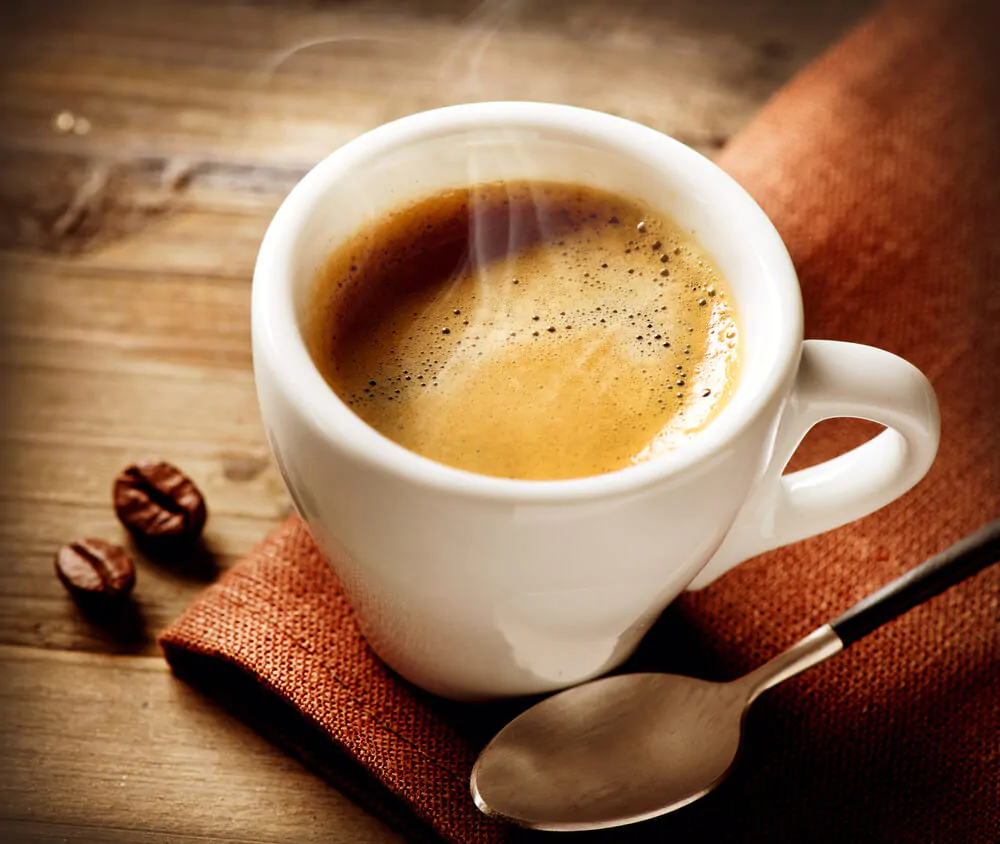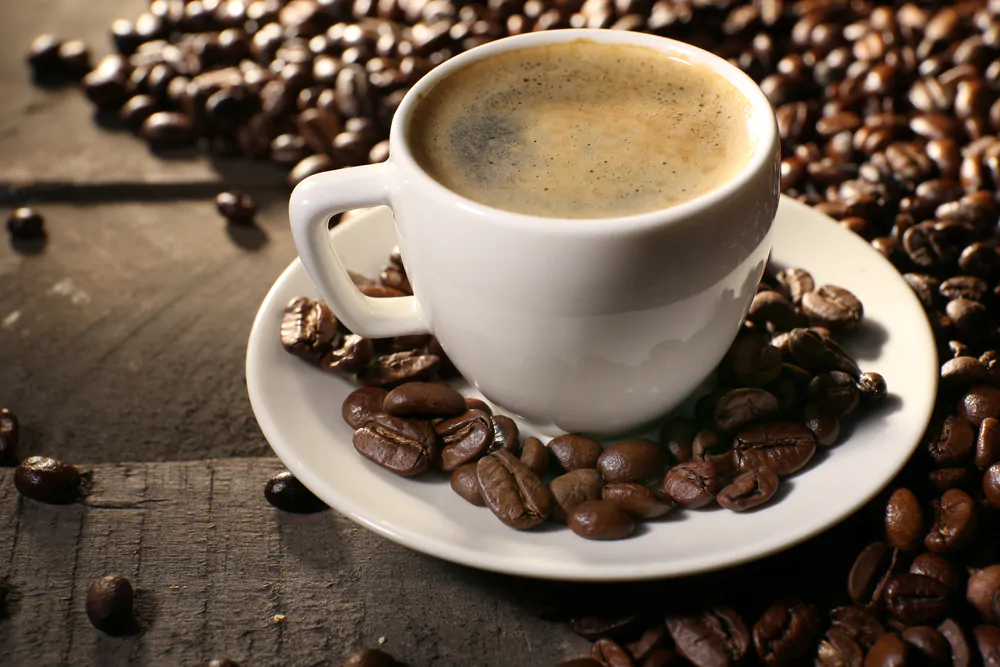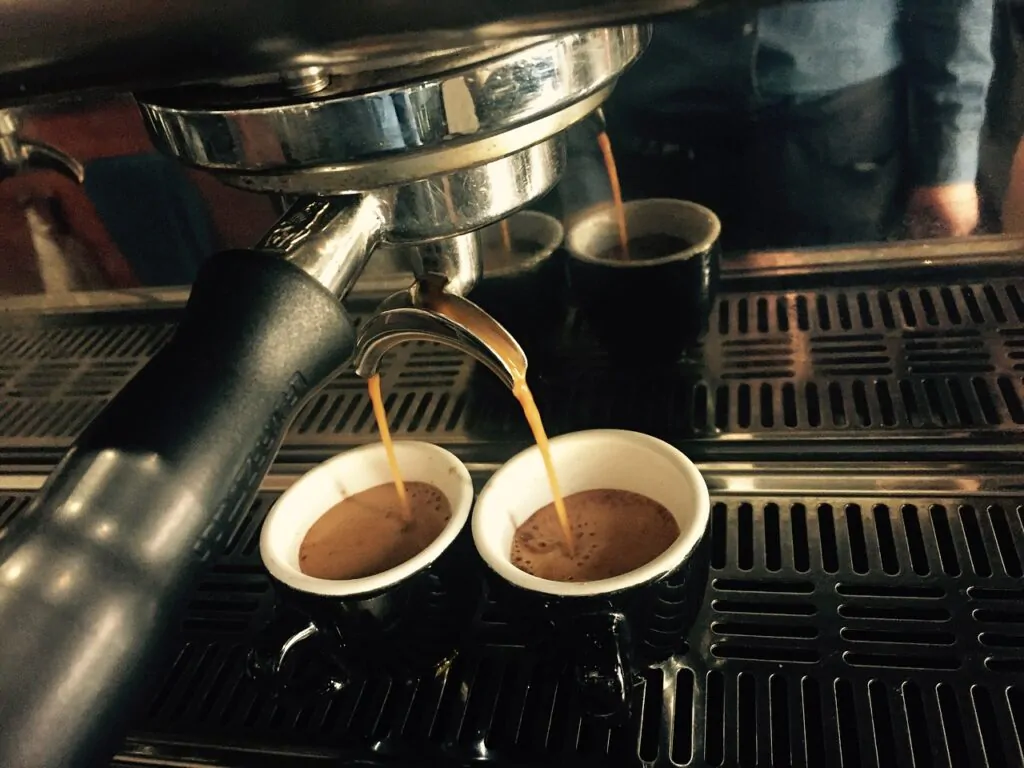This article answers, “What does good espresso taste like?” and gives you some parameters to distinguish between good and bad espresso.

I grew up in a home where instant coffee was standard. It was only when I traveled to Europe as a university student that I had my first shot of espresso — and to be honest, I wasn’t bowled over by the taste. It took me quite a while to acquire a taste for this concentrated, rich brew.
And now, many years later, I can tell you that, like most other things, you get good and bad espresso. So, what does good espresso taste like? In short, a properly pulled shot has a balanced flavor profile and a creamy texture, including a layer of crema on top.
Factors That Help You Know What Does Good Espresso Taste Like
Here are a few variables to consider if you’re trying to determine whether your local coffee shop serves good espresso.
Taste

The flavor profile of coffee varies depending on a range of factors, such as the roasting method and where it was grown. Coffee can be described as bitter, sour, sweet, or salty when it comes to taste. In a balanced pull, a shot of espresso will contain all of these tastes in complementary proportions.
If you’re one of the many coffee drinkers in the U.S. who add sugar and milk to their coffee, you’ll need to retrain your palate. Espresso is traditionally enjoyed “neat” so that you can truly experience the various aromas and finely balanced flavors of a balanced pull.
The ideal shot of espresso will contain a bit of bitterness and also tartness. However, if made correctly, it will also have a sweetish finish. If the espresso shot is overly bitter, the brew has most probably been over-extracted.
This means the coffee grounds are too fine and the brew time too long. Conversely, if the shot is overly sour, the coffee has probably been under-extracted as a result of grounds that are too coarse. You might be interested in our Moka Express vs. Mr. Espresso Coffee Maker guide.
Aroma and Flavor

Apart from taste, coffee is also described through aromatic descriptors such as fruity, herby, and spicy. The combination of taste and aroma is what defines the flavor profile of coffee. Typical flavors for espresso include chocolate, caramel, and fruitiness.
The aroma of espresso is essential since this is most likely the first sensory stimulus you’ll experience when you lift your cup. How an espresso smells is a good indication of how it will taste. In fact, we can enjoy many of coffee’s more complex flavors due to our sense of smell, not taste.
Good espresso will have deep, intense, and complex aromas that are deeply satisfactory to inhale. However, if you notice a burnt, chemical, or sour smell, the chances are that the espresso shot will not taste great. Unpleasant aromas can result from various issues, such as over/under-extraction or coffee beans that have been over-roasted.
Texture
Since espresso is a concentrated brew made with a small amount of water, it has a thicker consistency than coffee that you make with a French press or drip machine. In addition, because espresso is made without filters, many of the natural oils of the coffee land up in your cup, which adds to the dense texture of these brews.
As such, good espresso typically has a full-bodied, smooth, and velvety feel. If your shot has a dry or scratchy tongue feel, the brew has likely been over-extracted. Conversely, if the consistency of espresso is watery, you’re probably looking at under-extraction.
Crema
An essential aspect of the texture of good espresso is a layer of crema on top, which is produced when the emulsified coffee oils combine with air bubbles during the extraction process. The layer of crema should have a fine texture without being too frothy and should completely cover the coffee underneath. The color can range from hazelnut to dark brown and will not be uniform.
A great shot will have crema with a thick and resilient consistency. It adds to the smooth and full mouthfeel of good espresso and enriches the flavor and aftertaste. To test whether a shot has the right consistency, take a spoon and cut through the crema.
It should ideally quickly bounce back to its original shape. If the crema breaks apart and moves back together slowly, the brew has been under-extracted. Conversely, if the crema doesn’t move back to its original shape at all, the shot has been over-extracted.

